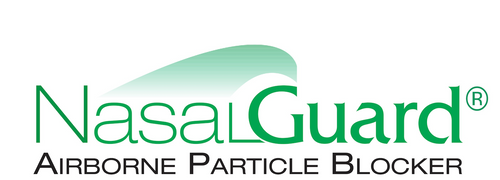
Common Causes of Office Air Pollution
Potential sources of pollutants in office buildings include: dust, inadequate building design or maintenance of heating, ventilation and HVAC systems, cleaning chemicals, pesticides, building materials and tobacco smoke. Occupants may also unknowingly bring potential contaminants into the office on their clothing and bodies including dust, pet dander and cigarette smoke. Not to mention, communicable diseases like the common cold and influenza.
How Does This Affect My Health?
Not only do offices have the potential to become incubators for the common cold and influenza, researchers have also identified an illness better known “sick building syndrome.” According to the National Institute of Health, the symptoms of sick building syndrome are: headache, dizziness, nausea, allergies, cold and flu-like symptoms, fatigue and eye, nose or throat irritation. Aside from this, office building occupants could also suffer from allergies, hypersensitivity, increase in the frequency of asthma attacks, sinus congestion and respiratory problems due to poor ventilation and over exposure to dust, dust mites, mold and other airborne contaminants.
Take Charge of Your Health
NasalGuard® is an over-the-counter gel that utilizes groundbreaking electrostatic technology to block common airborne pollutants from entering your system. Simply apply 1-2 drops of NasalGuard® around the outside of your nose every six hours for maximum protection!

